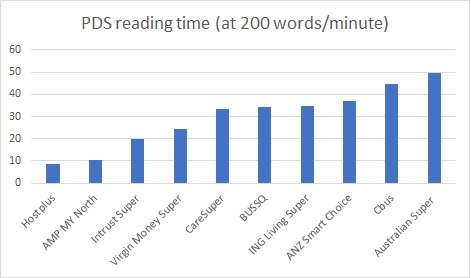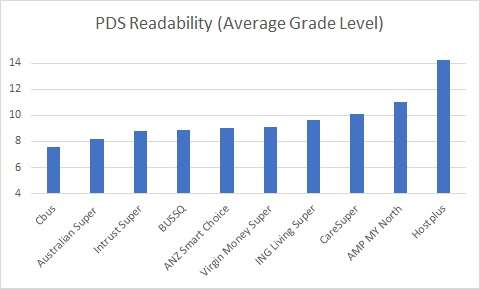Most businesses define work activities in a written procedure. (If your business doesn’t, it really should.) Procedures, sometimes called Standard Operating Procedures (SOP), work instructions or safe work method statements, are the basis for a well controlled business.
But how do you write a procedure well? What makes a good SOP? You could mindlessly follow a template someone else has developed, or you could think about what you want to achieve, what would work best for your business. Some templates can be helpful, but they may not be best for your organisation. See some examples.
The elements of good work procedures
A purpose statement and a link to overall process
Workers need to know how the activity they perform fits into the big picture; how it contributes to the overall process and the purpose of the organisation.You could do this with a context statement, or locating the activity in a process map. Also give a thoughtful title to the procedure.
When working in the road surfacing industry, we changed a procedure title from ‘Drive the broom tractor’ to ‘Prepare the surface’. This had an immediate impact on how workers viewed the activity and lifted the self esteem of the broom driver.
Performance standards
Procedures should do more than merely provide a list of tasks to perform. They should include information about how to assess the quality of those tasks. Workers and supervisors then have some objective measures to judge performance.
The standards could be related to quality, performance or safety.
Grouped into sensible work chunks
Chunking work into steps and sub-steps provides helpful structure for workers. It avoids a long list of tasks, and fits well with the way workers think about the job.
For example, the work chunk ‘Find outstanding invoices’ could have sub-steps like Find the file, Search invoices by date range, Print report.
‘Thinking’ and ‘Doing’ sections
“Work is the exercise of discretion within boundaries.”
John Ralph, former CEO of CRA.
Procedures, SOPs, define the boundaries. They are the things workers must do. But to better engage workers, we want them thinking about their work too. That’s good for them and good for the business. So we might want to direct thinking about productivity, safety or environmental matters.
For example, include thinking prompts in the procedure like: ‘How could we reduce the paperwork?’ ‘Residents may be moving in and out of driveways as you inspect the footpath – take care.’
Standard resources
Include the equipment needed for the task, including safety related equipment. Describe the skills and competencies required. It may be appropriate to include the standard time taken for the task.
All this information allows you to cost the procedure and measure the impact of improvements and changes to business practice. For example, we discovered it takes 10 minutes to process and record payments into a law firm’s trust fund. If the firm offers clients a payment plan, increasing the number of payments, they may significantly increase their back office costs.
Plain language
All documents should be written in plain language.
When procedures are written plainly, workers can understand them quickly and implement them. If they are written in a style that workers find difficult, they may be confused and do the wrong thing, or waste time asking for clarification, or totally ignore the procedures and do what they think is best.











